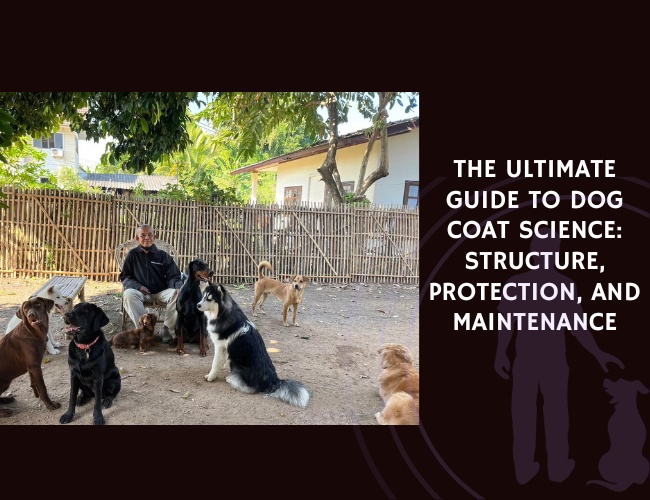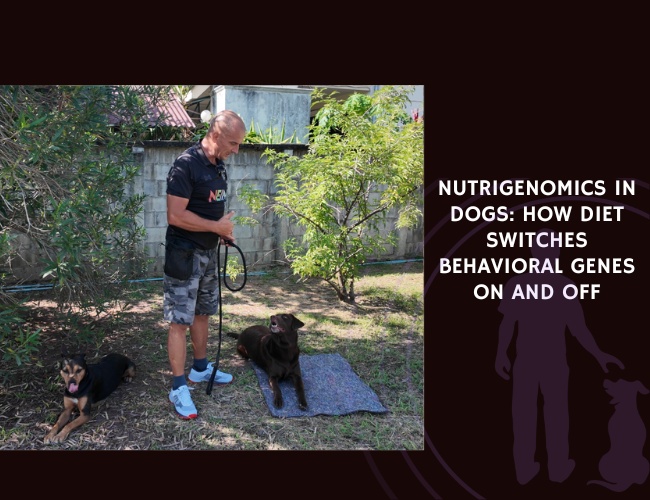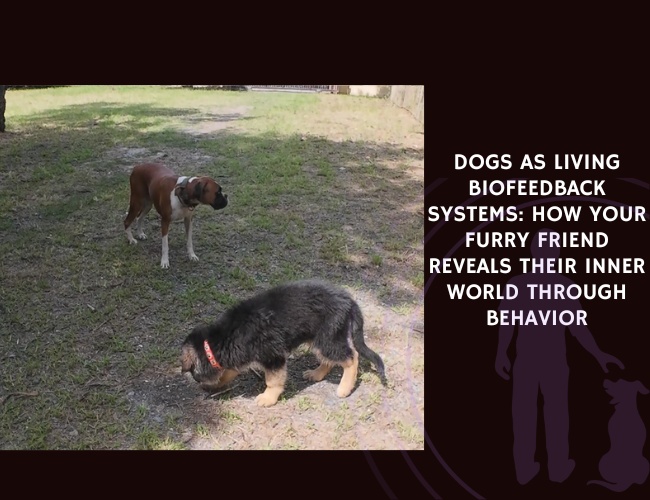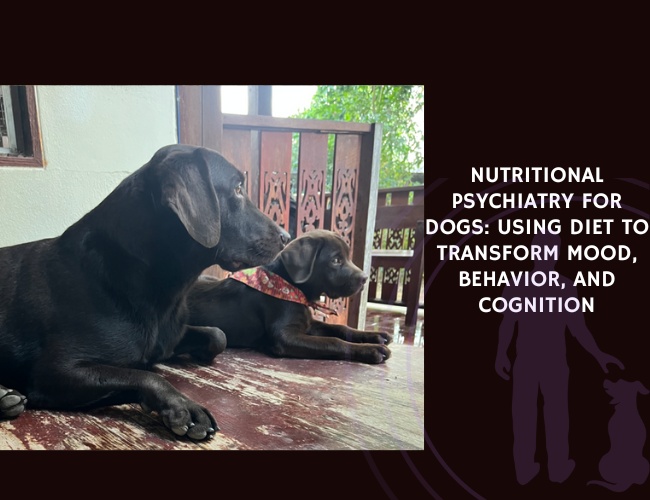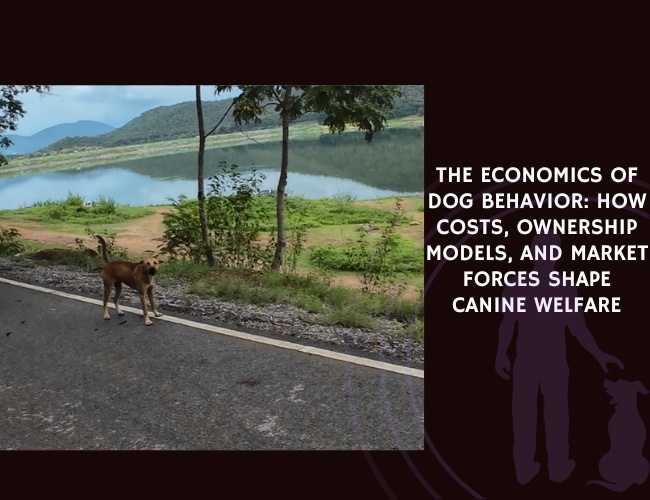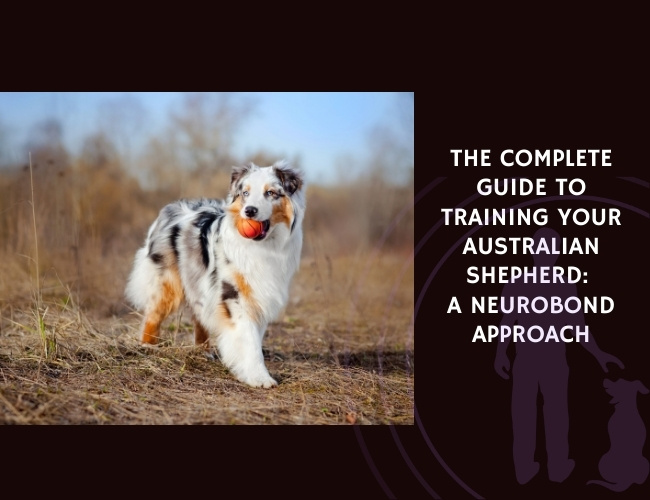Introduction to Canine Coat Science
Why Understanding Dog Coat Biology Matters
The world of dog coats is more than just fur colors and patterns—it’s about health, comfort, and protection. Having insight into coat biology helps us recognize what our dogs need to thrive. The canine coat is made up of several layers, each with its own special job. Together, they play an important part in defending dogs from environmental threats, keeping them at a safe temperature, and serving as their first line of defense. 🐾
Coat Health and Your Dog’s Well-Being
A dog’s coat tells you a lot about their overall health. A healthy, shiny coat is often a sign of proper nutrition, hydration, and good well-being. If a coat looks dull or patchy, it may mean there’s an underlying problem, like allergies, poor nutrition, or illness. The coat acts as both a shield and a sensor—protecting against sun, parasites, and scratches, as well as helping dogs sense their environment. So, keeping that coat in great shape means your dog stays protected, comfortable, and happy.
A Scientific Approach to Studying Dog Coats
Studying dog coats uses a scientific approach combining anatomy, genetics, and environmental science. Researchers look at each coat layer, hair growth cycles, and how factors like food and climate influence what we see and feel. With this understanding, veterinarians and dog owners can make informed decisions to keep coats healthy and strong. Seeing the dog’s coat as a complex, adaptive system helps us care for our pets in a truly supportive, professional, and informative way.
With this foundation, we’ll explore how every layer of the dog’s coat plays a unique and powerful role.
The Three-Layer Structure of Dog Coats
Understanding a dog’s coat starts with exploring its three-layer system. Each layer serves a special role, working together to safeguard your furry friend and keep them comfortable in any environment. Let’s break down these layers and see why each one matters.
The Epidermis: Nature’s First Line of Defense
The epidermis, which is the outer part of your dog’s skin, acts as a vital protective barrier. This thin yet strong layer helps shield the body from injury, chemicals, and invading germs. It also keeps moisture locked in, supporting skin health and comfort. Natural oils found on the skin’s surface help maintain this barrier, making the epidermis essential to overall coat and skin wellness.
The Outer Coat: Guard Hairs for Protection
Above the epidermis lies the layer of guard hairs. These long, stiff hairs make up the most visible part of your dog’s fur. Guard hairs act like a raincoat, repelling water, dirt, and debris. They also give the coat its texture and color. Most importantly, guard hairs provide a tough shield against UV radiation, parasites, and minor scratches, helping prevent injuries and health threats.
The Undercoat: Insulation for Every Season
Beneath the guard hairs, the undercoat is made up of soft, dense fur. This layer is the secret to a dog’s insulation superpower! During cold weather, the undercoat traps air, keeping body heat close and your dog warm. In warmer weather, the undercoat can thin out to avoid overheating. The unique blend of undercoat and guard hairs lets dogs adapt to changing climates, keeping them safe and happy year-round.
This layered design allows dogs to thrive in many environments. Each part of the coat plays a role in both comfort and health, showing how truly informative, professional, and supportive a science-based understanding of dog coats can be. 🐾
The Hair Growth Cycle in Dogs
The Three Phases of Growth
Dog coats change and renew themselves through a process called the hair growth cycle. This cycle has three parts: anagen, catagen, and telogen phases.
- The anagen phase is when the hair is actively growing. Some breeds, like poodles, can stay in this phase for a long time, which means their hair keeps growing and needs regular trims.
- The catagen phase is much shorter. Here, the hair stops growing and the follicle gets ready for the resting phase.
- The telogen phase is when new hairs pause their growth. Eventually, the older hairs will fall out so that new hairs can grow in their place.
The time spent in each phase varies by breed, age, and health. For instance, breeds with double coats (like huskies) tend to have shorter anagen phases, leading to more seasonal shedding.
What Influences the Hair Cycle?
Many things play a role in how dogs shed and grow their coat.
- Breed, age, and individual health are big factors. Puppies, for example, grow their first adult coat as they mature.
- Hormones are a major driver. For example, thyroid hormones keep the hair cycle moving smoothly.
- Nutrition makes a huge difference—dogs need good food to support healthy hair growth.
- Seasonal changes trigger shedding. As days get longer or shorter, a dog’s body responds, often leading to shedding in spring and fall.
Dogs with poor nutrition or health issues may have dry, brittle fur or bald spots. This shows how coat condition links directly to overall wellness.
Proper hair growth isn’t just about looking good—it helps protect dogs year-round. Maintaining these cycles helps keep dogs comfortable and healthy as the weather changes. 🐶
Thermoregulation: How Coats Keep Dogs Comfortable
Understanding Insulation in Cold Weather
When the temperature drops, the undercoat becomes a dog’s best friend. This soft, dense layer sits right next to the skin and traps air, working almost like a thermal blanket. The pockets of trapped air hold in the dog’s body heat, helping them stay warm no matter how chilly it gets outside. This function is especially important for breeds from cold climates, like huskies and malamutes, whose thick undercoats provide essential warmth and protection.
Outer Coat and Heat Management
Now, let’s talk about beating the heat! The outer coat is made up of longer, tougher guard hairs. These hairs don’t just look nice—they act as a barrier by reflecting sunlight and limiting how much heat reaches the dog’s skin. This is super useful in hot environments, where heat buildup needs to be minimized. Dogs might look like they’d overheat, but their coats are clever: they reduce heat gain and help keep the body temperature stable.
Adapting to the Climate
Every dog’s coat is a story of adaptation. Some breeds have double coats—a thick undercoat paired with a weather-resistant outer coat—to survive harsh winters. Others, especially those from warmer regions, have thinner coats designed to release excess heat more efficiently. There are even hairless breeds that rely on their skin to keep cool, skipping fur altogether. Each coat type fits the dog’s native environment, showing just how supportive and professional nature can be 🐶.
By appreciating these adaptations, we understand how vital coat health is to a dog’s everyday comfort and wellness.

Protective Functions of the Canine Coat
How the Coat Shields and Protects
A dog’s coat is a natural shield, providing layers of defense every day. One of its key jobs is guarding dogs from ultraviolet (UV) radiation. The dense outer coat, made up of guard hairs, acts like a sunblock, lessening the risk of sunburn and skin damage. Dogs with thicker or darker coats typically have even more UV protection, while those with sparse or light-colored coats may be at a higher risk.
Parasite defense is another superpower of the canine coat. The structure of the coat, especially the combination of stiff guard hairs and a soft undercoat, helps block fleas, ticks, and biting insects. The close layering makes it harder for tiny invaders to reach the skin, offering dogs an effective barrier against itchy discomfort and some diseases spread by parasites.
The Coat as a Barrier Against Injuries
Minor injuries, such as scrapes or cuts, are less likely thanks to the coat’s layered design. The outer coat absorbs friction and impact, while the undercoat cushioned the skin beneath. This is especially important for active or working dogs, as their daily adventures often include running through bushes or rough terrain.
The Role of Structure and Natural Oils
The physical arrangement of hairs isn’t the only protective feature. A dog’s skin releases natural oils that coat the hairs, boosting the water-resistance and flexibility of the fur. These oils create a slightly slippery surface, making it even tougher for irritants and some microscopic pests to reach the skin. The presence of these natural oils also supports the overall skin barrier, stopping dryness and helping repair minor irritations.
Protection Varies by Coat Type
Not all coats offer the same level of protection. Double coats—common in breeds from colder climates—excel at insulation and blocking the elements. Long coats may trap more debris and parasites but provide extra buffering against thorns and sharp objects. Short coats, while easier to maintain, can leave dogs with less defense from bites or harsh weather, highlighting the need for supportive care tailored to each dog’s unique coat.
Understanding these protective qualities ensures you can better support your furry friend’s comfort and long-term health. 🐾
Sensory Perception Through the Coat
The Remarkable Role of Whiskers (Vibrissae)
Dogs experience their world not just through their noses and eyes—sensory perception also happens right through their coats! At the center of this sensory network are whiskers, also called vibrissae. These specialized hairs are thicker and stiffer than regular hairs. Located mostly on the muzzle, above the eyes, and under the chin, whiskers are packed with nerve endings. This makes them outstanding tactile sensors. They pick up tiny changes in air movement and direct contact, helping dogs map out their surroundings, even in the dark. It’s almost like having their own radar! 🐾
Guard Hairs as Environmental Sensors
Beyond whiskers, the longer guard hairs in a dog’s outer coat aren’t just for protection—they also help dogs sense the world around them. These hairs move easily with breezes and touch, providing quick feedback to your dog about environmental changes. When air currents shift or something brushes past their coat, dogs receive instant, informative signals, helping them respond to their environment with confidence and curiosity.
Touch, Pressure, and More: Mechanoreceptors in the Skin
Beneath all that fur, a dog’s skin contains special nerves called mechanoreceptors. These tiny structures detect touch, pressure, and even temperature. Whether your dog feels a gentle pat, a firm hug, or the coolness of a gusty day, these nerves deliver those sensations to the brain. It’s all part of what makes your dog so responsive—and why a cozy cuddle can mean so much to them.
Understanding the canine coat’s sensory side helps deepen our appreciation for its complexity. The coat not only protects but connects them to their world in meaningful, informative ways, supporting their comfort and awareness daily.
Coat. Code. Shield.
Your dog’s coat is more than fur—it’s biology, protection, and communication.
Every layer tells a story: from shielding skin and regulating temperature to sensing the world and signaling health. This isn’t grooming fluff—it’s science in action.
Each coat is a tailored system.
Guard hairs deflect UV rays. Undercoats insulate like thermal blankets. Natural oils seal and defend. And whiskers? They read the room before your eyes do. It’s a multi-layered marvel—shaped by evolution, refined by purpose.
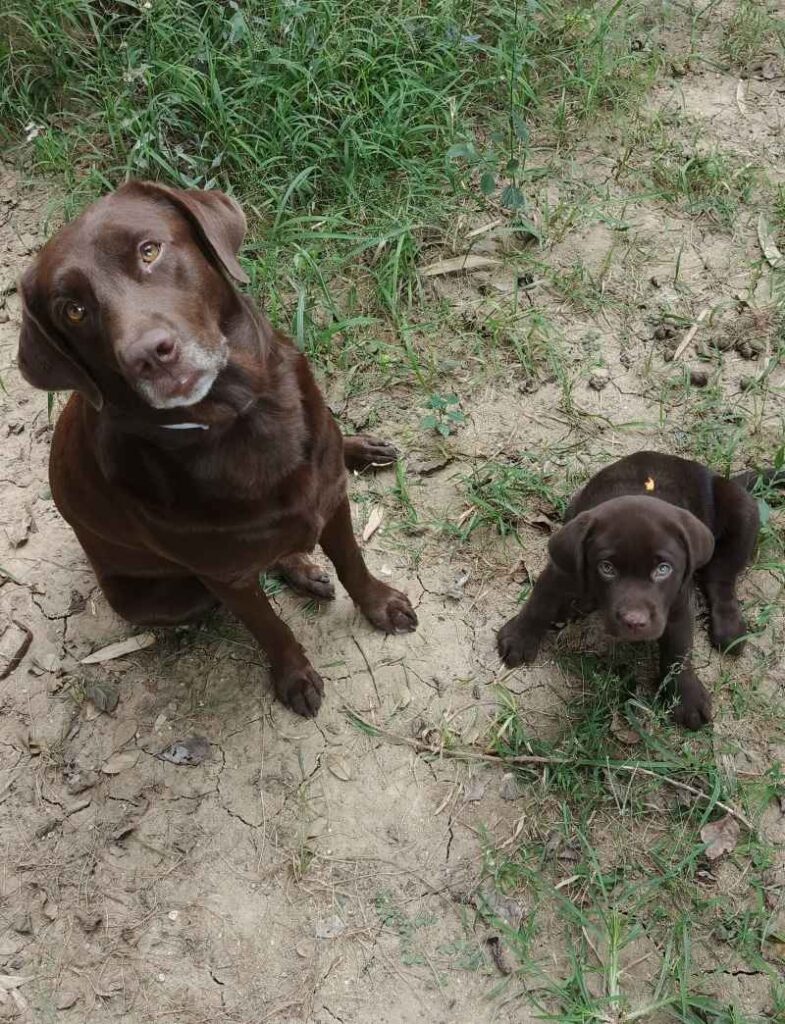
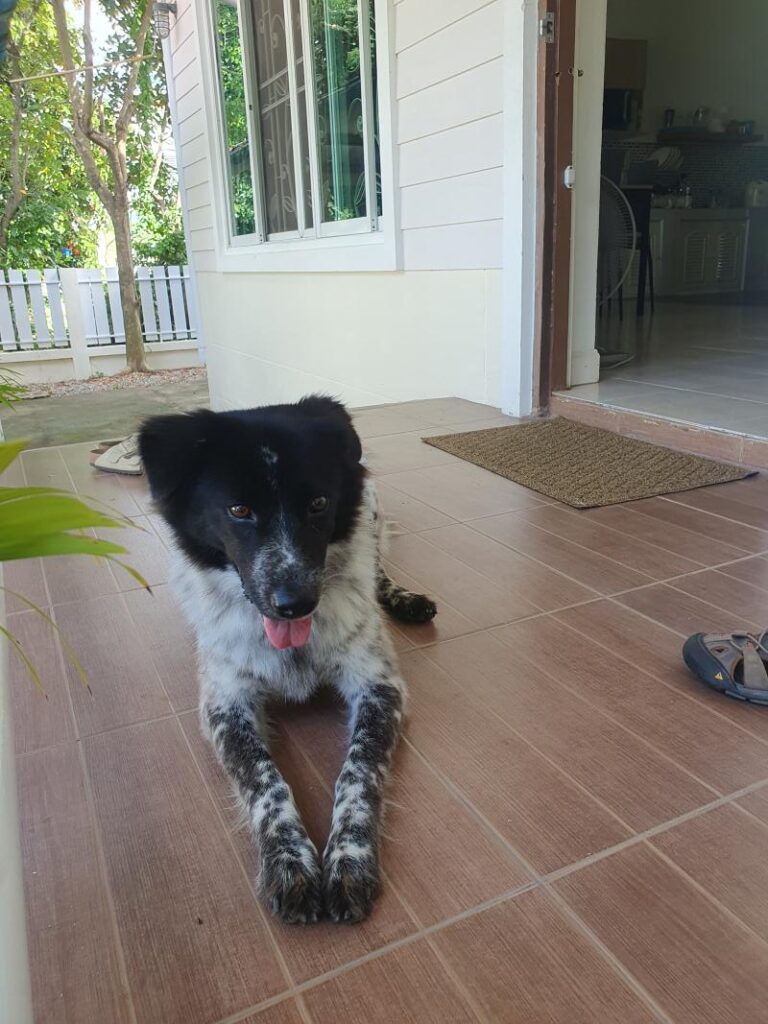
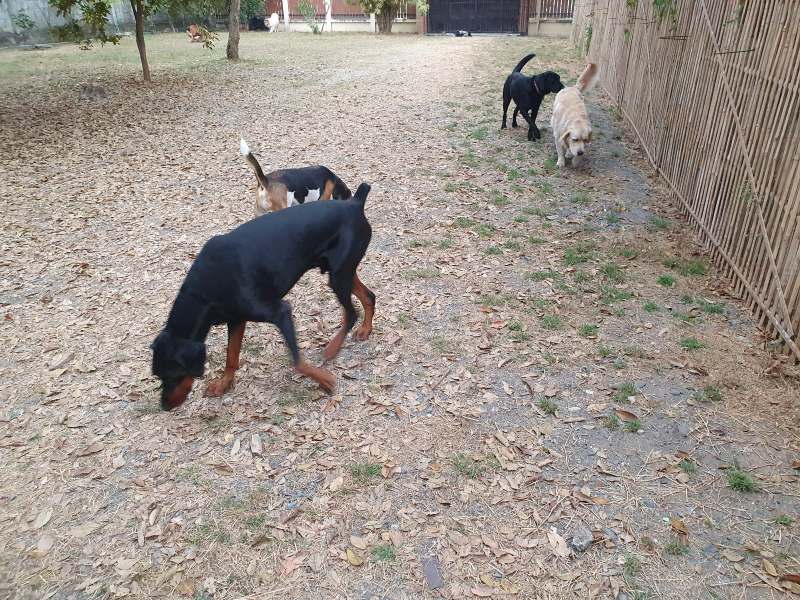
Care isn’t cosmetic—it’s core.
When you brush, feed, or even pause before shaving, you’re not just maintaining looks. You’re preserving a system of survival, sensation, and comfort. Respect the coat. Understand the dog. 🐾
Evolution and Diversity of Coat Types
How Evolution and Selective Breeding Shape Dog Coats
Dogs have some of the most diverse coat types in the animal world. This variety is not by accident—it’s the result of thousands of years of adaptation and selective breeding! Coat diversity reflects both the natural environments dogs originally faced and the jobs humans selected them for.
Long ago, environmental pressures played a big role. Breeds from cold regions, like huskies, developed double coats. Their thick undercoats trap air and provide insulation, keeping them warm during freezing winters. In contrast, dogs from hot climates, such as the basenji, have short or even hairless coats to help them manage extreme heat and avoid overheating. These differences are vital for survival and comfort, adapting to where the dogs lived and worked.
Selective breeding has further shaped coat characteristics. People chose dogs for specific tasks—herding, hunting, or companionship—and picked those with coats that best suited the job. For instance, herding breeds often have dense, weather-resistant coats to protect against rough terrain and unpredictable weather. Hunting dogs, on the other hand, might have smoother, water-repellent coats for moving silently and efficiently.
Unique features like wiry or curly coats, and even hairlessness, have emerged as breeds adapted to their distinct functions and habitats. Each coat type reflects a rich history of adaptation and human partnership, making every dog truly special.
Understanding how coat diversity evolved helps guide informed, supportive care choices for dogs of all backgrounds. 🐾
Coat-Related Health Concerns
Common Coat-Related Issues
Every coat type brings its own challenges. Double-coated breeds, such as huskies and collies, often face matting. When the thick undercoat becomes tangled, it traps moisture and dirt. This can lead to irritation, infection, or even painful hotspots if left unmanaged. Regular brushing is key for these dogs to keep mats at bay and preserve skin health.
Long-coated breeds may look glamorous, but their flowy hair easily harbors parasites. Fleas and ticks love hiding in the dense fur, making routine parasite checks and grooming essential. Breeds with short coats might not tangle as much, but their skin is more exposed, offering less defense against sunburn and environmental injuries.
Causes and Management of Hair Loss
Alopecia (hair loss) in dogs has many causes. Hormonal imbalances, autoimmune diseases, and poor nutrition can all lead to thinning patches or bald spots. Some breeds suffer from color dilution alopecia, a genetic condition linked to certain coat colors. This can cause ongoing hair loss and fragile skin that needs special care. Managing alopecia often means addressing the underlying health issue and ensuring a balanced diet.
Heat Stress Risks for Thick-Coated Dogs
Dogs with dense or double coats are especially at risk for overheating in warm weather. Their lush fur can trap heat, making them prone to heat stress or even heatstroke. Guardians should ensure dogs have shade, cool water, and should avoid rigorous exercise during peak sun hours. Proper grooming helps, but shaving is never recommended as it removes their natural insulation and protective barrier.
Understanding the individual needs of your dog’s coat is both informative and supportive, giving you the tools to keep your furry friend healthy and comfortable. 🐾
The Genetics of Coat Color
The Science Behind Coat Color
Dog coat color is more than good looks—it’s a fascinating mix of biology, adaptation, and genetics. Genes, the tiny instructions inside a dog’s cells, play a key role in determining whether a pup sports a black, brown, white, or even blue-tinted coat. This genetic interplay isn’t simple; it involves several genes working together to control not only color but also patterns like spots or patches. Changes or mutations in these genes can create unique coat shades or patterns, sometimes giving us rare or unusual colors.
Links to Health and Genetics
Certain coat colors aren’t just cosmetic—they can be linked to health risks. For example, color dilution alopecia is a genetic condition that mainly affects dogs with diluted coat colors like blue or fawn. It can lead to hair thinning, patchy hair loss, and sensitive skin. Other genetic mutations tied to coat color can sometimes increase the chance of autoimmune diseases or affect the immune system. As pet owners, understanding these connections helps keep dogs both stylish and healthy.
Functional Benefits: Camouflage and Comfort
Coat color is also important for survival. In the wild, subtle coats help dogs and their ancestors blend into the environment, making hunting or hiding from danger easier. Lighter coats can reflect sunlight, helping dogs stay cool in hot weather, while darker coats may offer some warmth by absorbing heat. These advantages reveal how genetics, health, and environment have shaped the remarkable variety of dog coats we see today.
Ready to explore how to keep your dog’s unique coat in top condition? Let’s keep going! 🐾

Proper Grooming Techniques by Coat Type
Informative, Professional, and Supportive Grooming Guidance
Grooming requirements for dogs are as unique as their coats. Each breed—whether sporting a double layer or a smooth top—needs an approach that fits its specific structure. Double-coated breeds, such as huskies and collies, require regular brushing to prevent the dense undercoat from matting. Matting traps moisture and debris, leading to skin irritation or infections if ignored. Aim for at least two to three brushing sessions every week during shedding periods for these dogs.
Short-coated breeds, like boxers and dachshunds, are much easier to maintain. A quick weekly brush removes loose hairs and maintains shine, thanks to the distribution of natural oils. Long-coated breeds and those with curly or wiry fur, such as poodles and shih tzus, demand gentle, thorough brushing daily to avoid painful tangles and mats.
Bathing is essential for general cleanliness, yet over-bathing can strip the skin’s natural oils. These oils protect and support the barrier function of the skin and coat. A good rule is to bathe your dog only when necessary or after especially dirty adventures. For most pets, bathing every one to two months is more than enough, unless your veterinarian recommends otherwise.
These simple steps ensure your dog’s coat stays healthy and functional. With the right grooming routine, you’ll keep their layers working as nature intended, safeguarding comfort and well-being. 🐾
Common Coat Care Misconceptions
Shaving Double-Coated Breeds
It might seem helpful to shave double-coated dogs in warm months, but this practice is risky. The double coat acts as a personal climate control system. Removing it leaves dogs exposed to sunburn, insect bites, and temperature extremes. Without this natural barrier, dogs can even face hypothermia in cooler weather. Shaving also disrupts thermoregulation, making it harder for your furry friend to stay comfortable as seasons change.
Over-Bathing and Skin Barrier Health
Bathing is important, but more is not always better. Over-bathing strips away the natural oils on the dog’s skin and coat. These oils are vital for keeping the skin moist and protecting against dryness, irritation, and even infection. A dog with too many baths may develop flaky, itchy skin and a dull-looking coat. Instead, stick to bathing routines suited for your dog’s breed and lifestyle to help their skin barrier stay strong and healthy.
Shedding: Normal Versus Problematic
Seeing hair on your couch can be alarming, but shedding is a normal process for most dogs, especially as seasons shift. This seasonal shedding allows for the growth of a fresh, protective coat. However, drastic or patchy hair loss might signal health concerns like allergies, nutritional deficiencies, or underlying diseases. Regular brushing and monitoring can help you spot the difference between normal shedding and something that needs a vet’s attention.
Recognizing these misconceptions helps keep your pet’s coat in top shape and ensures they stay healthy, happy, and comfortable throughout the year. 🐶
Nutrition and Hydration for Optimal Coat Health
Key Nutrients for Coat Strength and Shine
A dog’s coat is more than just fur—it’s an indicator of internal health. The right mix of nutrients is essential for strong, shiny, and healthy dog hair. Omega-3 fatty acids help reduce skin inflammation and support shiny coats. Biotin, a B-vitamin, is another powerhouse, promoting hair growth and a smooth skin barrier. Protein is vital because hair is made mostly of keratin, a type of protein. Don’t forget vitamins like E and zinc, which help repair skin and support hair roots.
Hydration: The Secret to Healthy Skin and Fur
Proper hydration is often overlooked, but it is just as critical for a dog’s coat as the right diet. Water keeps skin supple and helps transport nutrients to hair follicles. Dehydrated dogs may show dull coats and flaky skin. Always provide fresh, clean water and watch for signs of dehydration like dry gums or lethargy.
Smart Supplementation Strategies
While a balanced dog food provides most of what your dog needs, some pups may benefit from extra help. Supplements with omega-3s or biotin can be especially helpful for dogs with dry skin or brittle fur. However, too many supplements can cause imbalances, so consult your veterinarian before adding them to your dog’s routine.
Balancing what your dog eats and drinks with their activity level and coat type is key. This supportive approach is the foundation of a healthy, resilient coat, preparing you to tackle other aspects of coat care with confidence. 🐾
Conclusion: Integrated Approach to Coat Care
The Multifaceted Nature of Dog Coats
Dog coats are a true marvel of biology. They provide essential protection, keep dogs warm or cool, and support sensory perception. Each layer—the epidermis, outer coat, and undercoat—works in harmony to adapt to a dog’s daily needs. A healthy coat does not only add to a dog’s beauty; it also signals overall wellness and helps protect against injury and environmental stress.
Tailoring Care for Every Dog
Not all coats are the same! Every breed, mix, and individual will need specific care. Double-coated breeds, for example, need extra brushing to avoid matting, while short-coated dogs might require skin checks and sun protection. Hairless breeds need protection from both the cold and the sun. Factors like climate, health, and living environment play a big part in shaping a care routine. This professional approach considers not only a dog’s looks but also their comfort and happiness.
Looking to the Future
The science of canine coat care is always growing. Researchers are discovering how genes, hormones, nutrition, and environment work together to shape a dog’s coat, opening doors to even more personalized, supportive care for every pet. As this knowledge expands, professional guidance will play an increasing role in helping families keep their dogs healthy from nose to tail. By staying informed and compassionate, we provide the best for our canine companions—now and always. 🐾

